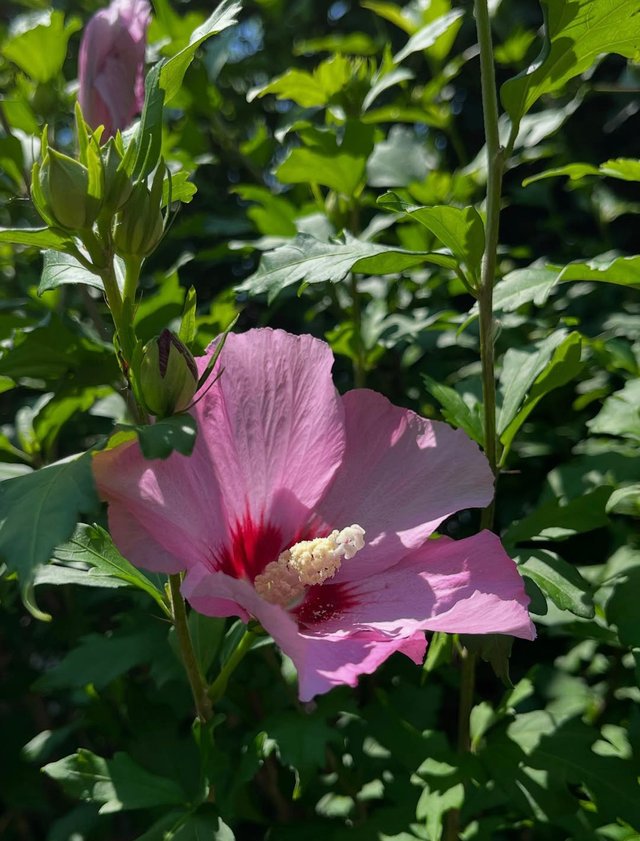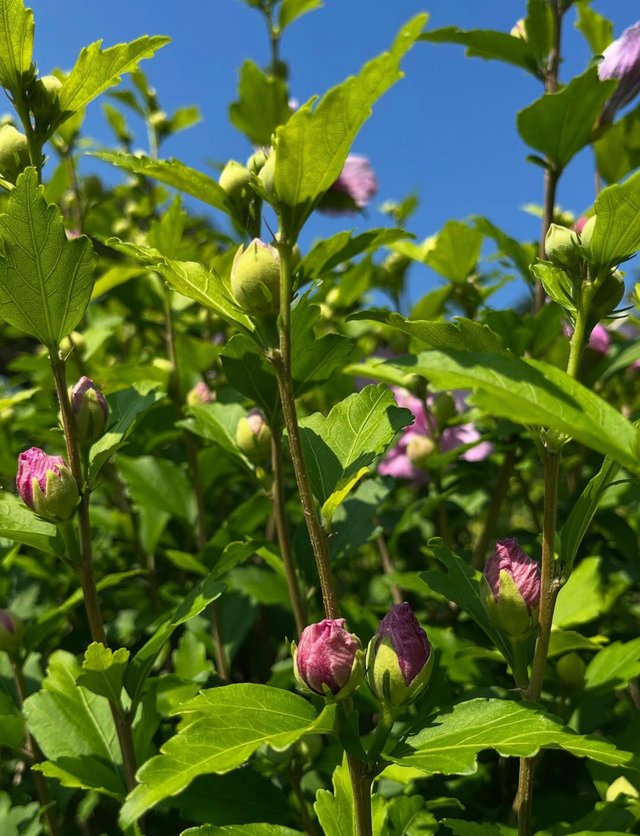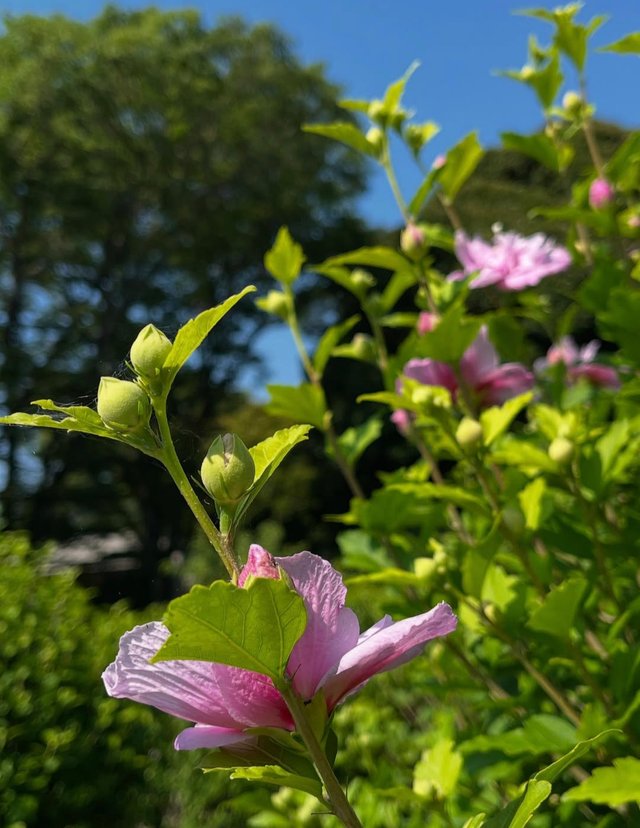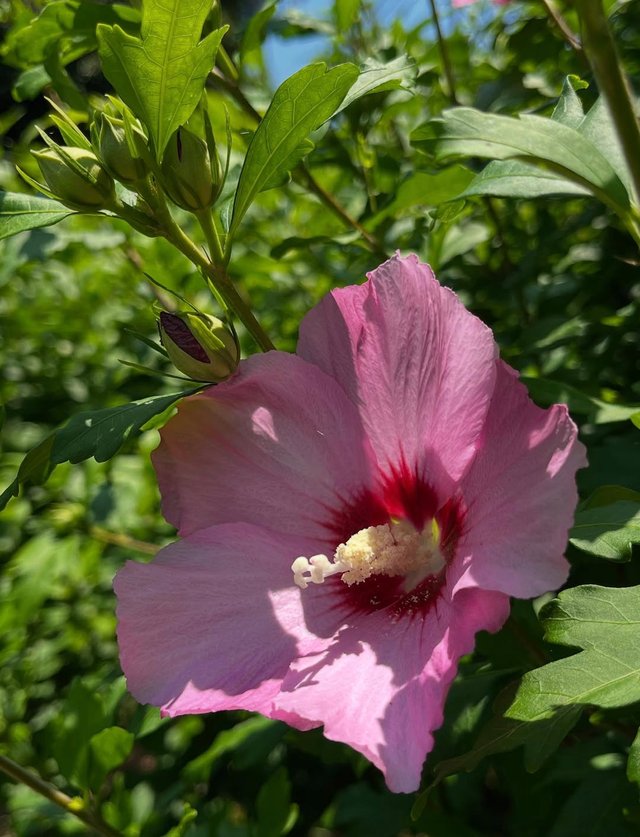Common Hibiscus Flower
The hibiscus flower is one of nature’s most striking botanical wonders. With its vibrant colors, large, trumpet-shaped petals, and lush foliage, the Common Hibiscus has captured the hearts of gardeners, florists, and nature lovers across the globe. Often referred to as the “Queen of Tropical Flowers,” this plant is not just admired for its beauty — it’s deeply woven into cultural traditions, medicinal practices, and ecological systems in many regions.This evergreen shrub can grow up to 10–15 feet tall in optimal conditions, producing flowers year-round in warm climates. It’s most famous for its showy blooms, which come in a dazzling variety of colors — from fiery reds and sunny yellows to pinks, purples, and even multicolored hybrids.
Hibiscus flowers are instantly recognizable by their five broad petals and prominent central staminal column. This structure, where stamens fuse into a long tube, is not just beautiful but designed to attract pollinators like bees, butterflies, and hummingbirds. Though each bloom typically lasts only a day, the plant produces so many buds that it seems perpetually in bloom.
Hibiscus tea, made from dried petals is known for its tart flavor and health benefits — including lowering blood pressure, aiding digestion, and boosting immunity. In traditional medicine, hibiscus leaves and flowers are also used to treat wounds, inflammation, and hair issues.Hibiscus is a staple in many natural beauty products. Its antioxidant-rich petals are used in shampoos, face masks, and oils — often credited with promoting hair growth and rejuvenating the skin.




